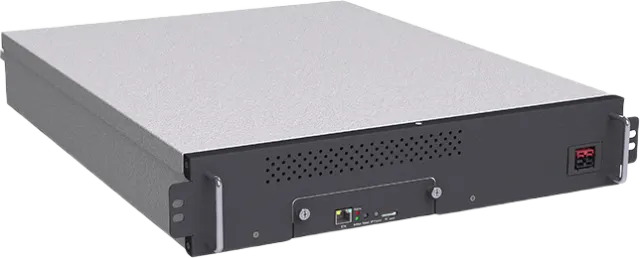MicroBT Whatsminer M33S++

| Hashrate | Power | Algorithm |
|---|---|---|
| 242 Th/s | 7260 W | SHA-256 |
Description
MicroBT WhatsMiner M33S++ is an advanced ASIC miner specifically engineered for Bitcoin (BTC) mining using the SHA-256 hashing algorithm. It incorporates an innovative hydro-cooling solution, delivering a substantial hashrate of 242 TH/s. Operating at a power draw of approximately 7260 watts, this model achieves an energy efficiency of about 30 J/TH. The WhatsMiner M33S++ is expressly designed for rigorous, industrial-scale mining applications.
Specifications
| Manufacturer | MicroBT |
| Model | Whatsminer M33S++ |
| Also known as | Whatsminer Hydro M33S++ |
| Release | Nov 2022 |
| Size | 482 x 650 x 86mm |
| Weight | 27500g |
| Noise level | 40dB |
| Cooling | Hydro cooling |
| Power | 7260W |
| Interface | Ethernet |
| Temperature | 5 - 45 °C |
| Humidity | 5 - 95 % |
Profitability
| Daily | Monthly | Yearly | |
|---|---|---|---|
| Income (BTC) |
$10.08 0.000114 BTC |
$302.51 0.003411 BTC |
$3,680.58 0.041506 BTC |
| Electricity | -$17.42 | -$522.72 | -$6,359.76 |
| Profit | -$7.34 | -$220.21 | -$2,679.18 |
Profit 0%
Electricity 100%
Minable Coins

Bitcoin (BTC)

BitcoinCash (BCH)

BitcoinSV (BSV)

Namecoin (NMC)

Ecash (XEC)

Fractal Bitcoin (FB)

Peercoin (PPC)
Frequently Asked Questions (FAQ)
MicroBT Whatsminer M33S++ generates an approximate daily profit of $-7.34 based on the electricity cost of $0.10 per kWh.
This profit amount is not fixed — it can fluctuate depending on the global hashrate, network difficulty, mined block reward, and cryptocurrency exchange rate.
This profit amount is not fixed — it can fluctuate depending on the global hashrate, network difficulty, mined block reward, and cryptocurrency exchange rate.
MicroBT Whatsminer M33S++ has a mining power of 242 Th/s and uses the SHA-256 algorithm.
Yes, MicroBT Whatsminer M33S++ consumes approximately 7260W per hour.
Electricity is an important factor in mining profitability, as a high electricity cost can significantly reduce profit. In our case, the MicroBT Whatsminer M33S++ consumes approximately $17.42 daily.
The average lifespan is 3–5 years or more, depending on usage intensity, environmental factors (temperature, humidity, dust), and whether proper maintenance is followed.